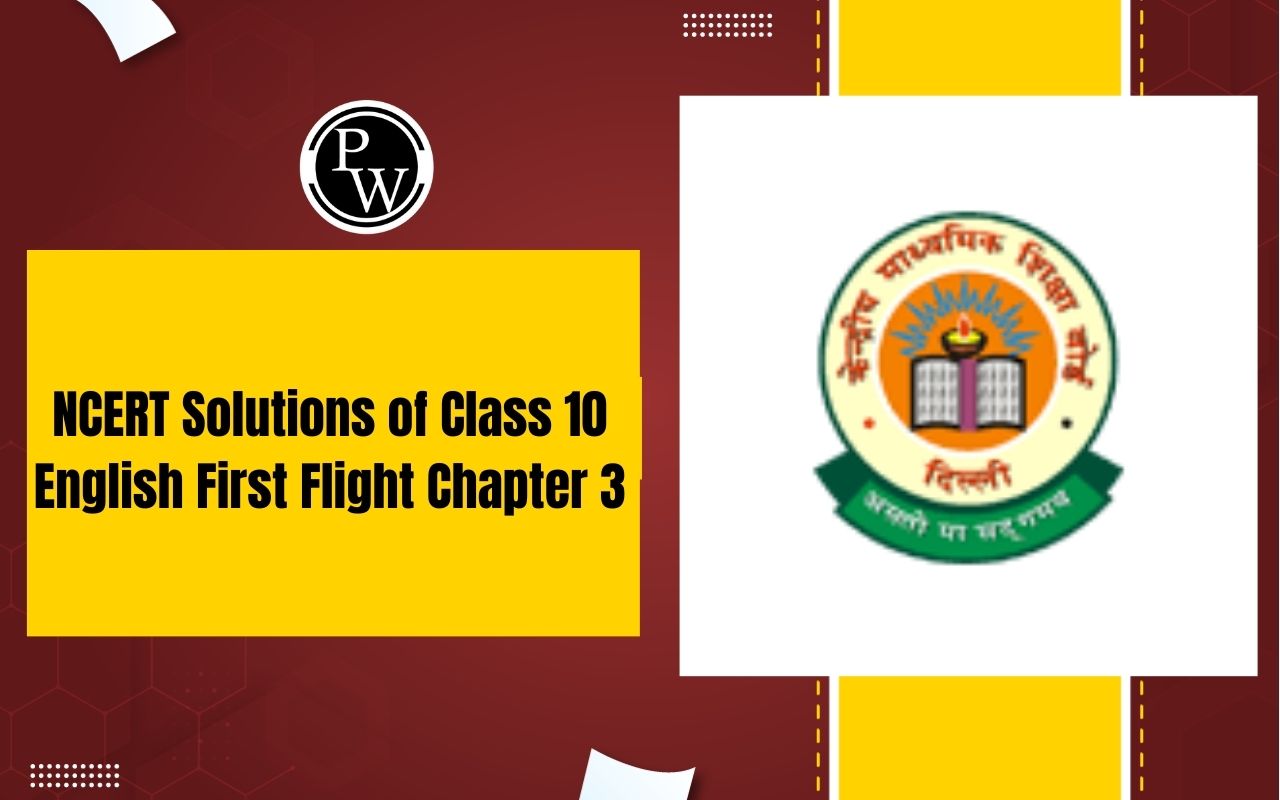
NCERT Solutions for Class 10 Social Science History Chapter 2: With the aid of history, the world is continuously changing. Through history, people can learn about the achievements and wonders of the past.
Mankind strives in the present with the hope of bringing about changes in the future, motivated by the advancements made in the past. Time travel is made possible for students using the NCERT Solution Class 10 History Chapter 2 of The Contemporary World II. The Industrial Revolution and the Rise of the Nationalist Movement are taught to them.CBSE Class 10 Syllabus 2024-25
NCERT Solutions for Class 10 Social Science History Chapter 2 Overview
An introduction to India's colonial past is provided by nationalism. India was ruled by the British administration. Several campaigns were launched in an effort to free India from the bonds of foreign domination. The Khilafat movement, the Poona Pact, the Salt March, and the Satyagraha movement were all started by Mahatma Gandhi. The goal of the Satyagraha campaign was to aid the Champaran, Bihar, peasants.NCERT Solutions for Class 10 Social Science History Chapter 2 PDF
Multiple-choice questions and responses, as well as objective and subjective questions and their corresponding answers, are used to assess students' learning. Class 10 History Chapter 2 NCERT Solution should be used by the students for both individual and group study as additional review material. Here we have provided NCERT Solutions for Class 10 Social Science History Chapter 2 PDF for the ease of students.NCERT Solutions for Class 10 Social Science History Chapter 2 PDF
NCERT Solutions for Class 10 Social Science History Chapter 2
1. What was meant by the ‘civilising mission of the colonisers’:
Ans:
To take use of East Asian countries' natural riches, European nations invaded their territories. The French demonstrated that it was their duty to impart civilization's benefits to underdeveloped nations. The concept of the civilization mission served as their motivation. Vietnam is being introduced to contemporary culture, according to French claims. They believed that it was their responsibility to introduce contemporary concepts to their colonies, even if it meant eradicating the native way of life.2. Huynh Phu So:
Ans:
The nationalist movement Hoa Hao was founded by him. He assisted the underprivileged and worked wonders. He was well-liked by many and disapproved of wasteful spending. He was also against gambling, using opium and alcohol on children, and bribing them. The French made an effort to stifle this movement. They labelled him Mas Bonze, declared him insane, and committed him to a mental institution. The physician who declared himself insane started to follow him. The majority of his supporters were transported to detention camps, and he was sent to Laos.Question: Explain the following:
1. Only one-third of the students in Vietnam would pass the school-leaving examinations.
Ans: Because the French colonial authorities had a policy of purposefully failing pupils in the final year exams so that they could not qualify for better-paid professions, only one-third of Vietnamese students would pass the school-leaving examinations.
Vietnamese people with very low incomes could not afford to enrol their children in these kinds of pricey schools.
2. The French began building canals and draining lands in the Mekong Delta.
Ans: To enable more farming, the French in the Mekong delta began to construct canals and drain areas.
This was carried out in an attempt to "civilise" Vietnam using a European paradigm. The concept of producing more rice and exporting it to the world market made sense economically.
3. The government made the Saigon Native Girls School take back the student it had expelled.
Ans: There was protest when the Saigon Native Girls School's French principal expelled the students for opposing the expulsion of another student.
In light of the circumstances, the government chose to put an end to the demonstration by giving the children a way outmaking the school take the students back.
4. Rats were most common in the modern, newly built areas of Hanoi.
Ans: Rats were prevalent in Hanoi's newer, contemporary neighbourhoods because the clean sewage system served as both a convenient breeding habitat and a reliable means of transportation for rodents.
Because of the strong rains, sewage from the old city washed into the river. Bigger sewers developed become a safe haven for rats to live and breed. In 1903, Hanoi emerged as the primary source of the disease.
5. Describe the ideas behind the Tonkin Free School. To what extent is it a typical example of colonial ideas in Vietnam?
Ans:
The following are the concepts that underpin the Tonkin free school system: The French believed they would introduce contemporary ideas to Vietnam as part of their aim to advance civilization. Western education was offered at Tonkin Free School from its inception. Besides the usual courses, science, hygiene, and French were taught at school. Students had to pay separately and attend evening classes for these three disciplines. Students were asked to dress in a contemporary manner as well. For instance, it was against Vietnamese tradition for them to be asked to cut off their long hair and wear short hair.5. What was the role of women in the anti-imperial struggle in Vietnam? Compare this with the role of women in the nationalist struggle in India.
Ans:
The following highlights the part played by women in India's nationalism movement:- In the anti-imperial Vietnam War, women were vital and significant players.
- Women who began to defy societal norms were praised and idealised.
- Trieu Au was a well-known and well-liked character in nationalist stories.
- Women were shown as courageous labourers and soldiers in the 1960s.
- They built underground tunnels for enemy combat in addition to providing nursing assistance to injured soldiers.
- Women made about 70–80% of the young people employed on the Ho Chi Minh Trail between 1965 and 1975.
- Indian women did not take an active part in India's nationalist movement against Britain, in contrast to Vietnamese women who took part in the imperial struggle.
- In the past, Indian women adhered to Gandhian principles by abstaining from alcohol stores and foreign goods, while men dominated mainstream politics.
- Women involved included Sarojini Naidu, Kasturba Gandhi, and Kamla Nehru.
Benefits of NCERT Solutions for Class 10 Social Science History Chapter 2
Comprehensive Coverage: Our Class 10 History solutions provide students with access to all pertinent material for their exams by covering all chapters and topics mandated by the CBSE board.
Concise and Clear: The solutions are easy to read and retain because they are given in a clear and concise manner.
Exam-focused: We have taken into consideration the format and style of the exam when creating our Class 10 History solutions. These solutions might be a useful tool for students to prepare for and review for exams.
NCERT Solutions for Class 10 Social Science History Chapter 2 FAQs
What is the full form of SST?
Who is the father of SST?
How can I memorize SST fast?













